Advertising is an environmental striptease for a world of abundance
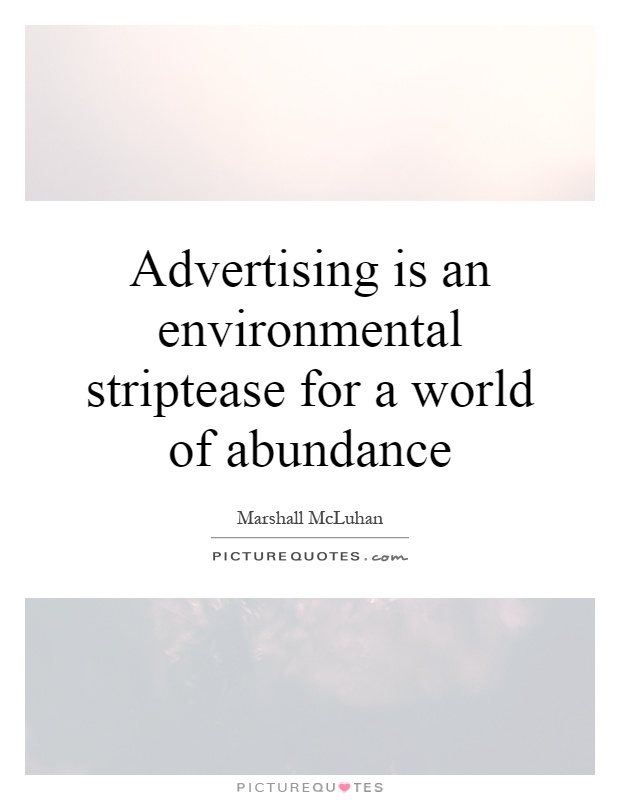
Advertising is an environmental striptease for a world of abundance
Marshall McLuhan, a renowned media theorist, famously stated that "advertising is an environmental striptease for a world of abundance." This provocative statement sheds light on the role of advertising in shaping our perceptions of the world around us and influencing our consumption patterns.In McLuhan's view, advertising functions as a form of environmental striptease, gradually revealing the abundance of products and services available to us in the modern world. Just as a striptease artist slowly removes layers of clothing to reveal their body, advertisers strategically unveil the benefits and features of their products to entice consumers. Through catchy slogans, captivating visuals, and persuasive messaging, advertisers create a sense of desire and urgency in consumers, prompting them to purchase the advertised products.
Furthermore, McLuhan's comparison of advertising to a striptease highlights the seductive nature of marketing tactics. Just as a striptease artist uses their body to captivate and entice the audience, advertisers use various techniques to capture the attention and interest of consumers. Whether through celebrity endorsements, emotional appeals, or aspirational imagery, advertisers create a sense of allure and desirability around their products, enticing consumers to make a purchase.
Moreover, McLuhan's assertion that advertising is a striptease for a world of abundance speaks to the overwhelming array of choices and options available to consumers in today's society. With an abundance of products and services vying for our attention, advertisers must employ increasingly creative and persuasive tactics to stand out in a crowded marketplace. This constant barrage of advertising messages can create a sense of sensory overload and information fatigue, making it challenging for consumers to navigate the vast array of choices available to them.

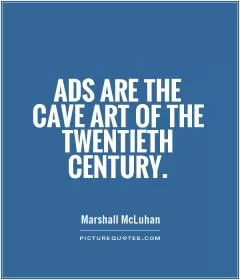


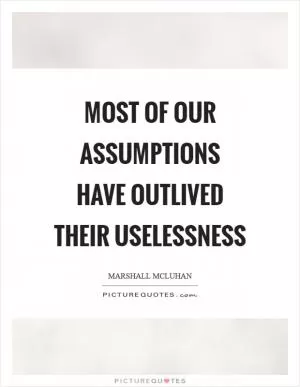
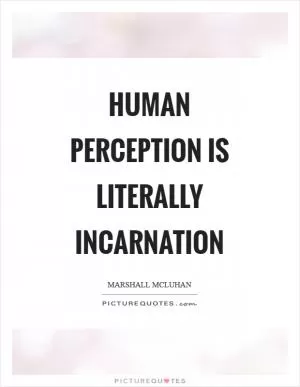


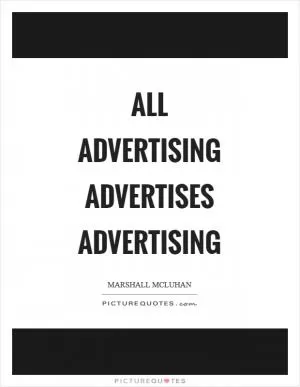
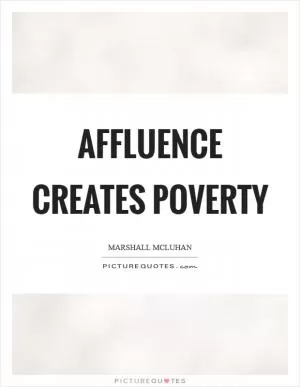

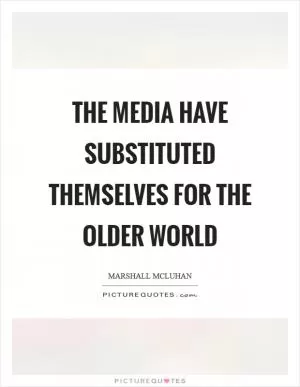
 Friendship Quotes
Friendship Quotes Love Quotes
Love Quotes Life Quotes
Life Quotes Funny Quotes
Funny Quotes Motivational Quotes
Motivational Quotes Inspirational Quotes
Inspirational Quotes